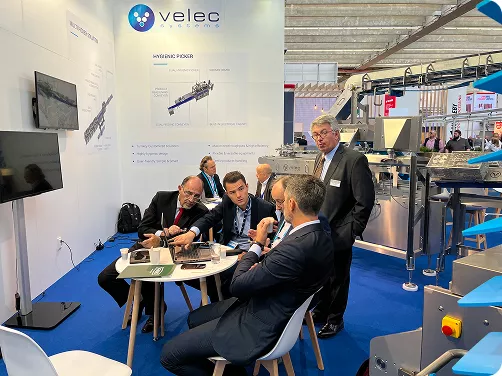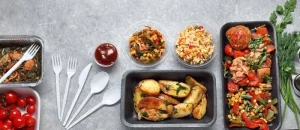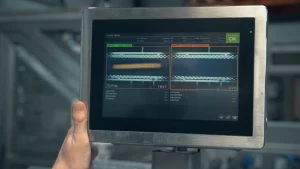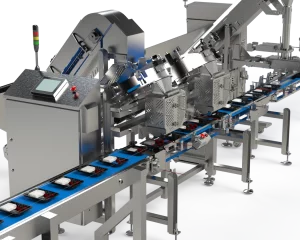Critical Factors for a Successful Implementation
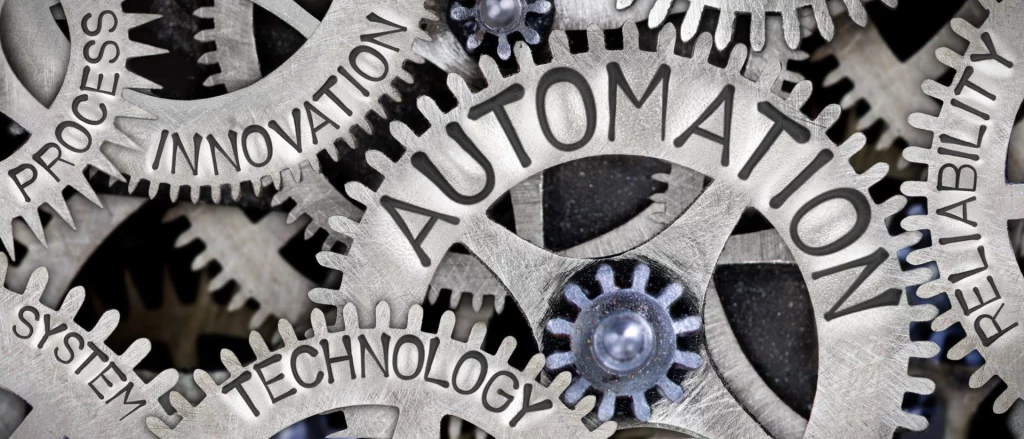
As part of a highly competitive food processing industry, you may be all too familiar with the current challenges in manufacturing, packaging and delivering quality products to customers. With rising utility costs, soaring raw material prices, and labor-intensive processes tilting your balance sheet, are you exploring the option of automating your processes?
Key Aspects to Consider While Automating a Food Factory
When you are thinking about clean, efficient production lines, and a seamless flow between processing, filling, packaging, and sealing, here are some aspects to consider:
- Incremental Controls: If your current processes are largely manual, think about using incremental process control by updating the most labor intensive systems. For example, depending on your product, mechanizing processes, such as weighing, portioning, batching, or filling could offer a substantial increase in productivity, without busting your budget.
- Integrated Process: Look at tying all your equipment used in a particular process, together in an overarching system. For example, if you choose to automate the packaging process, ensure that you integrate all the individual machines and components that need to run for a fully functional packaging line. That way, if one element stops working, the entire process will not suffer.
- Infrastructure: Whether you are installing new machines or upgrading semi-automated lines to fully automated ones, your choice of machines will largely depend on the amount of physical space available at your site. Do you have the option to install plug-and-play models, or will you have to invest in a major overhaul that involves electrical upgrades, ducting, plumbing and such?
- Quality and Composition: Do the materials and design of the machine components favor the regulatory requirements and industry norms? For example, sub-components such as gearboxes or motors often have strengthening ribs or cooling fins on them, which could become microbiological traps or lead to pooling of stagnant water.
- Hygiene Requirements: Maintaining the highest standards of hygiene during manufacturing or packing would mean selecting machines that are easy to sanitize. If you need to dismantle the parts for washing, consider how quick or easy is it to remove and reassemble? After all, you do not want the cleaning process to eat into the hours on your next production shift.
- Production Consistency: What type of food grade oils and lubrication system greases do the machines need? Will these oils or greases impact the integrity or taste of your end product?
- Food Type: The size, shape, weight, texture, and quality of the foods you produce can significantly impact the automation of processes, such as filling or packaging. Will automated machines manipulate the requirements of your multi-product line without compromising on the product quality and line efficiencies?
Boost Your Food Processing Line with World-Class Solutions
A strategic food factory line automation plan will help you address multiple aspects, including product quality, production speed and capacity, labor shortages, and profitability. If you are looking to automate your distribution or filling systems, explore a wide range of unique volumetric fillers and high-speed counting machines at Multi-Fill. With compact designs and flexible options, our filling and distribution solutions can easily integrate with both intermittent, as well as continuous motion container conveying systems. We cater to single or multiple container lanes, and horizontal or vertical bagging machines.
